
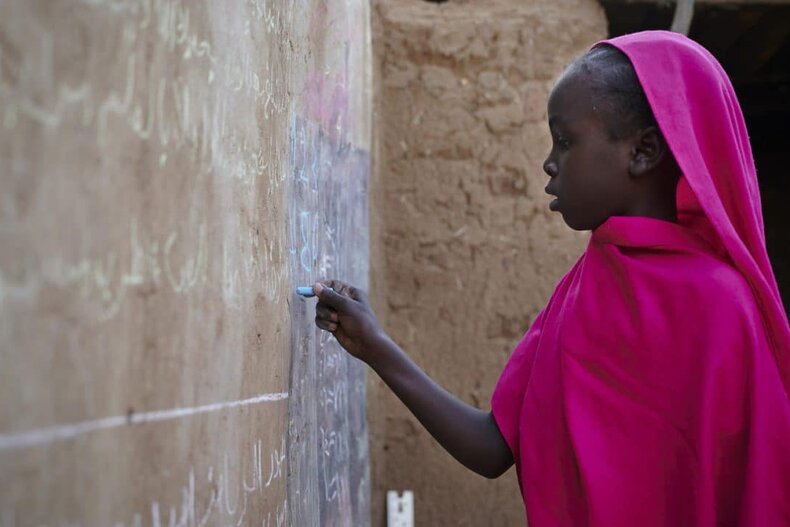
“Education is not only a basic human right in itself — it’s essential to the fulfillment of all human rights,” says United Nations Secretary-General António Guterres.
Education equips millions with the knowledge and skills necessary to overcome crises and contribute to a sustainable future, especially for vulnerable groups.
Yet, assaults on education have profound and lasting effects on both students and teachers.
The urgency is clear: the global community must take immediate action to safeguard education from these threats!
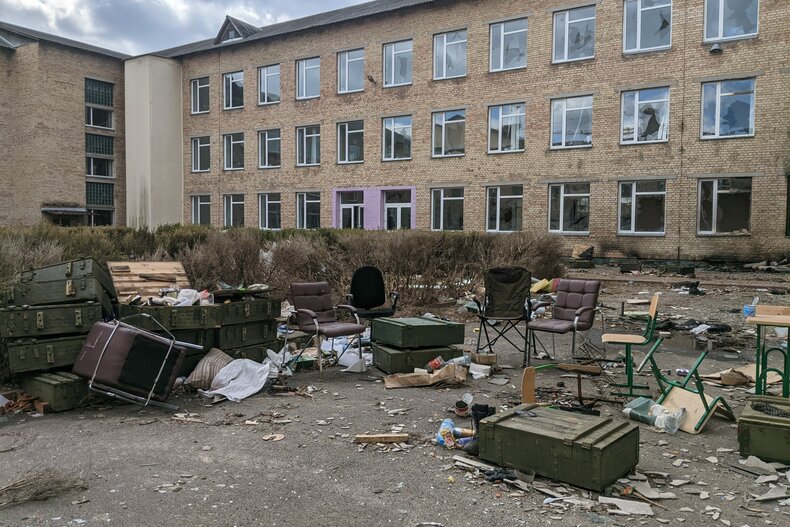
The UN Secretary-General’s 2023 Annual Report on Children and Armed Conflict paints a grim picture of the violence inflicted on children in war-torn areas.
It confirms a staggering 32,990 grave violations affecting 22,557 children, underscoring the increasing dangers faced by young lives in conflict zones.
In 2023 alone, 5,301 children were killed - an appalling average of nearly 15 deaths each day. Alongside the escalating violence, attacks on education have surged.
According to the 2022 Education Under Attack report, more than 5,000 assaults on educational institutions occurred globally in 2021 and 2022, including the military occupation of schools and universities.
The Global Coalition to Protect Education from Attack also documented harm to 9,000 students and educators across 85 countries, highlighting the widespread nature of this crisis.
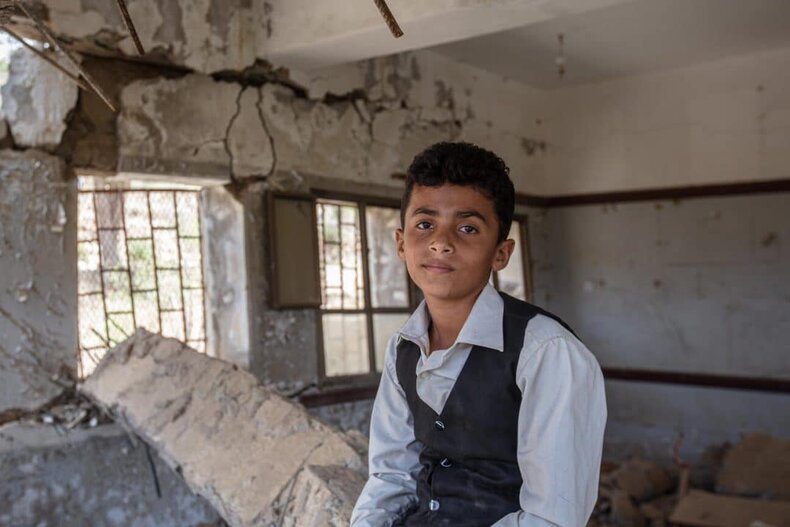
The data paints a bleak picture of the most impacted regions, with new reports surfacing from Haiti and Niger, adding to the wider assessment of 25 conflict zones under observation.
The Democratic Republic of Congo, Myanmar, Somalia, Nigeria, and Sudan are among the worst-hit areas, serving as epicenters for severe violations against children, particularly attacks on educational institutions.
Approximately half of these violations were carried out by armed groups, including those classified as terrorist organizations by the United Nations.
The remaining incidents were attributed to government forces or unknown perpetrators, often involving landmines or improvised explosive devices (IEDs).
The global scale and intensity of these attacks highlight that no area is exempt, and the impact on children is devastating.

“Yet, there is a silver lining,” says Ann Kathrin Linsenhoff.
Despite escalating crises, over 10,600 children formerly involved with armed forces or groups received protection and reintegration assistance in 2023.
This highlights that, despite immense challenges, progress is being made to rescue and rehabilitate vulnerable children.
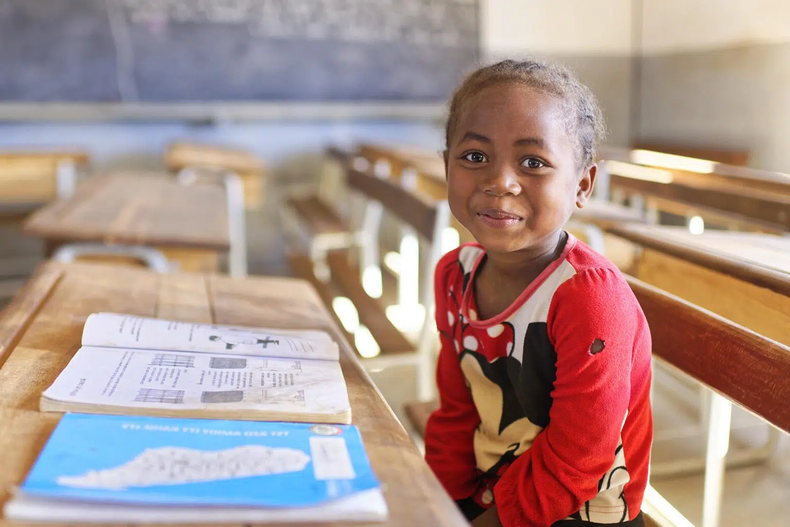
Educational institutions must be safe havens for children, students, and staff.
Schools should offer a secure environment where students are shielded from external threats and crises.
Ensuring this safety is vital to disrupting the cycle of crisis and decreasing the risk of future conflicts.
Protecting schools as sanctuaries for learning is a crucial step toward fostering a more peaceful and sustainable future.
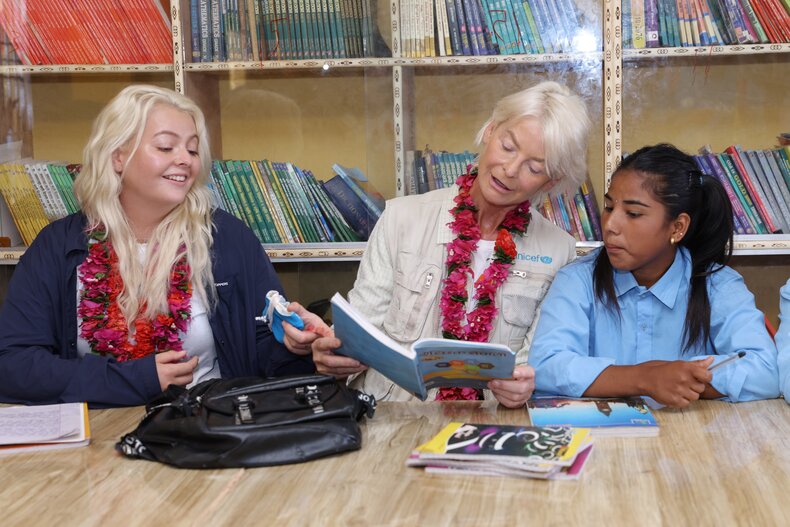
Education holds the power to transform lives, even in the most perilous of circumstances.
However, for that potential to be realized, we must protect it from the violence and chaos that afflict conflict zones.
Attacks on education undermine not only individual futures but also the collective progress of entire societies.
We must constantly reaffirm our commitment to safeguarding education, ensuring that all children - regardless of their circumstances - have the opportunity to learn, grow, and contribute to a more just and peaceful world.
Yours
sincerely

